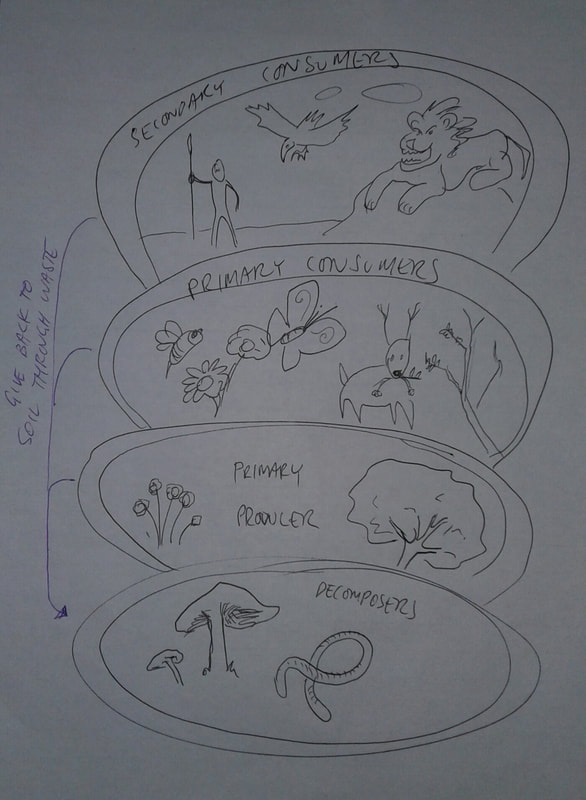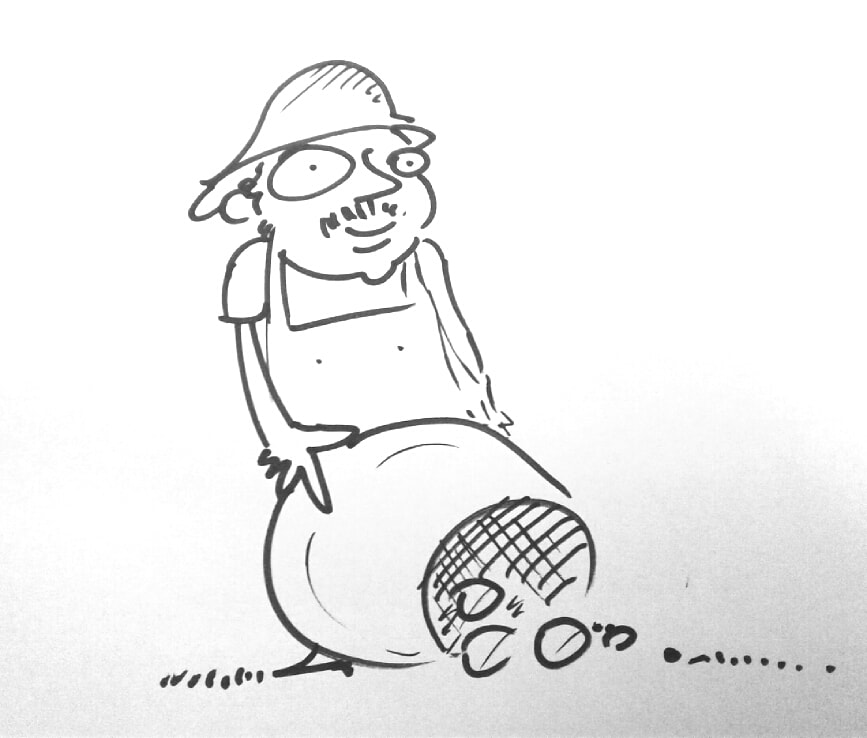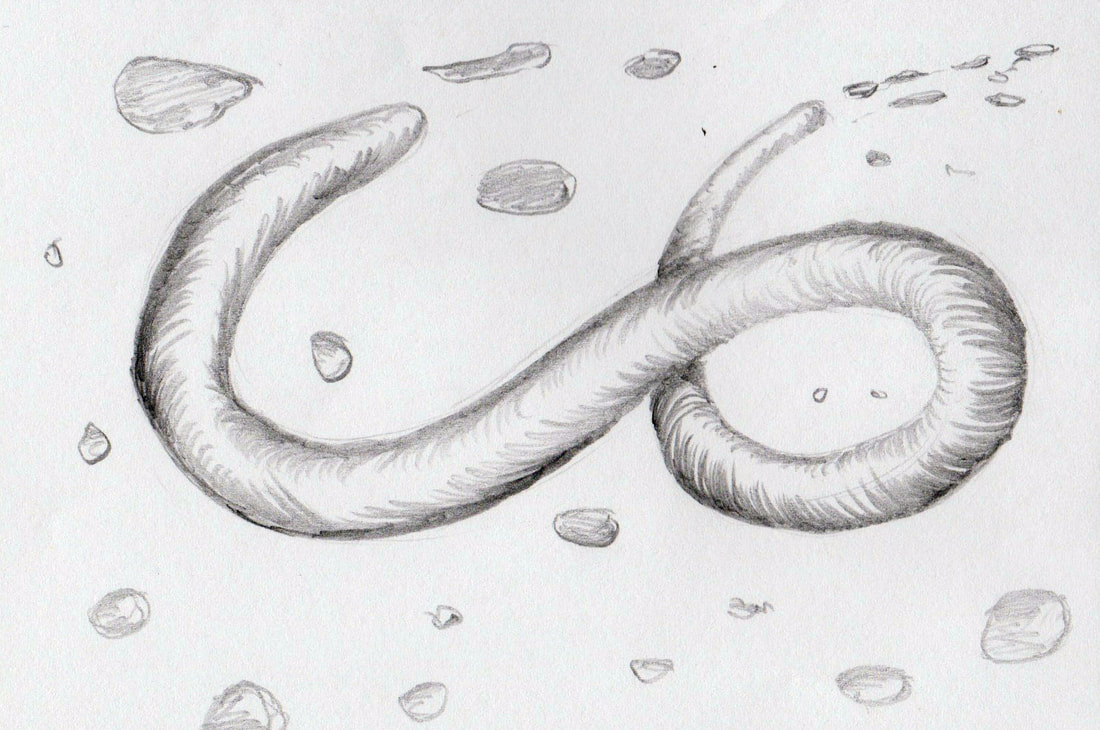|
Farmers use lime to provide the soil with magnesium and calcium. It also has the benefit of increasing pore space in the soil and increasing pH levels. Liming is potentially a risk to the soil if over time, too much lime is added, thus the soil will become more alkaline. Also over liming can cause issues with trace elements. For example, too much calcium in the soil will make it more likely that trace elements will be tied up in the soil and instead of being available to plants.
Soil management relies on a range of practices and concepts. Three standouts are the understanding of Mycorrhizae, Legumes and Earthworms.
Let's start with Mycorrhizae. It's the symbiotic relationship between plants and fungus. The plant roots host the fungus and allow it to live and grow through access to carbohydrates and in turn the fungus provides the plant with it's greater ability to absorb water and soluble nutrients that the plant might not normally be able to access. Plants colonised with fungi demonstrate greater resistance to drought, disease, insect attack and toxicity in the soil. Legumes, such as peas and beans can host rhizobia bacteria which are able to access nitrogen from the air, as opposed to plants which access nitrogen from the soil. By planting legumes, the nitrogen present in the soil is not depleted by the plant. The legume instead takes it from the symbiotic relationship between the rhizobia and the legume. By turning the legume crop back into the soil you provide it with both organic material and nitrogen for future crops. Earthworms are super little underground workers that through their activity in the soil produce many benefits. They digest rotting organic matter and release it in a nutrient packed concentrate that fertilises the soil and improves soil structure. They also create better drainage as they burrow through soil, aerating and loosening it. |
Soil managmentfeatures
All
Archives |




